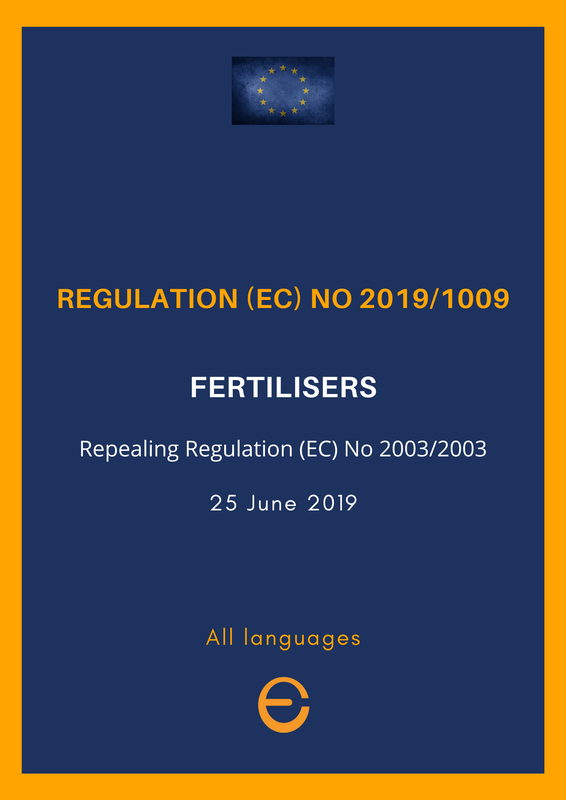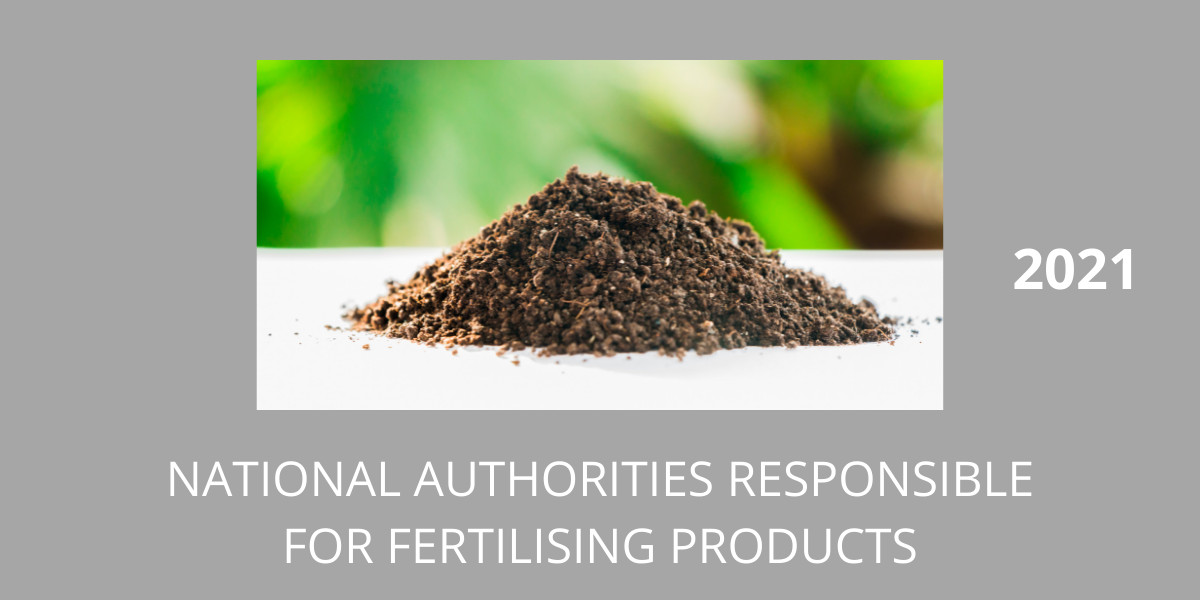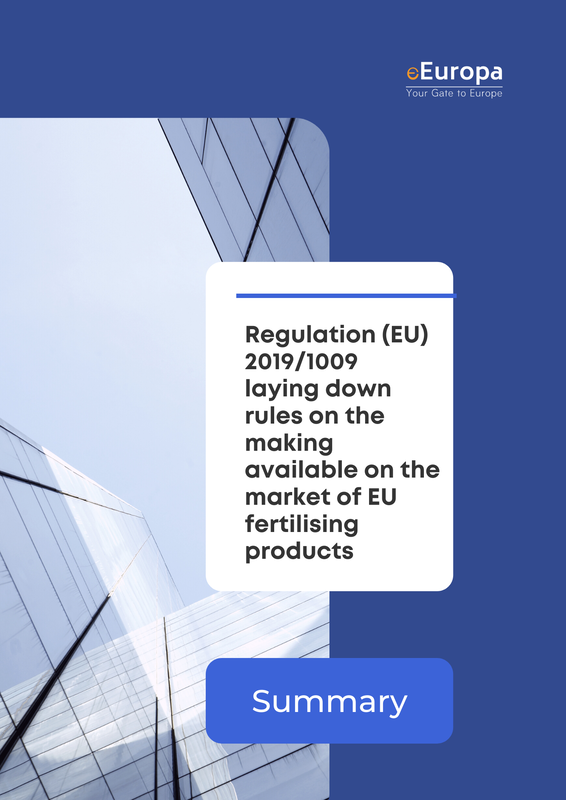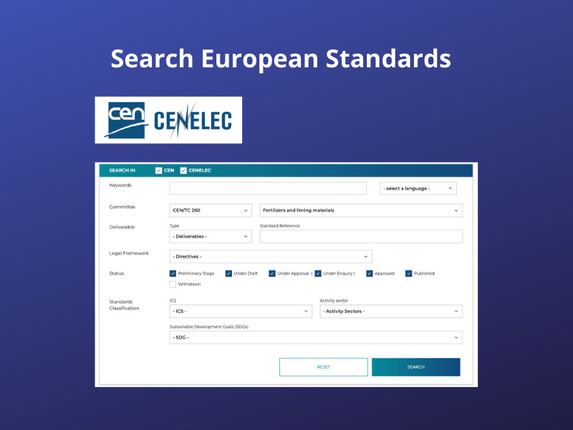|
Brussels, |
|
Fertilisers Regulation
|
Current basic legislation: EU Regulation (EC) 2019/1009 on fertilisers (repelling the Regulation (EC) No 2003/2003).
The Regulation introduces requirements related to quality, safety, and labelling of fertilising products and extends the scope to organic fertilisers, organ-mineral fertilisers, growing media, bio-stimulants, and other products. The Regulation also harmonises EU rules for products derived from waste organic materials and by-products and provides rules to recover nutrients into secondary raw materials. Major issues:
|
A Working Group was charged on the smooth implementation of the new Fertilisers Regulation. For more details on the already ongoing work on the implementation of the new rules, follow the activity of the Commission expert group on fertilising products.
|
Frequently asked questions, related to Regulation (EU) 2019/1009 on fertilising products (the ‘Fertilising Products Regulation’)
The mutual recognition principle
The rules for other fertilising products (such as organic fertilisers) are not harmonised by this regulation. They are governed by national laws and the mutual recognition rules apply |
Technical Specifications on fertilising products
|
On 21 April 2021, European Committee for Standardisation (CEN published 82 new Technical Specifications on the new Fertilising Products Regulation (EU) 2019/1009.
As of July 2022, producers need to demonstrate that their products meet the requirements of the Fertilisers Regulation before affixing the CE mark. European standardisation have to ensure that European standards (EN) and technical specifications (TS) provide analytical methods for manufacturers to verify compliance of their products with the regulation. The Standardisation Request is structured according to a 'two-phase approach': the TS describe the test methods, which are then validated through inter-laboratory studies and consolidated in subsequent European Standards (EN). From February to April 2022, as part of the first phase, CEN published 82 Technical Specifications. This is the result of the work made by over 300 experts participating in 15 Working Groups distributed over three Technical Committees. |
These results have been published by these Technical Works (TC):
The ENs that will follow up on these TS are currently under development and are expected to be published in 2024 and 2025.
- CEN/TC 223 'Soil Improvers and Growing media' (whose secretariat is held by NEN) - Read
- CEN/TC 260 (2016) 'Fertilisers and liming material' (whose secretariat is managed by DIN) - Read
- CEN/TC 455 (2021) 'Vegetable biostimulants' (secretariat held by AFNOR) - Read
The ENs that will follow up on these TS are currently under development and are expected to be published in 2024 and 2025.





